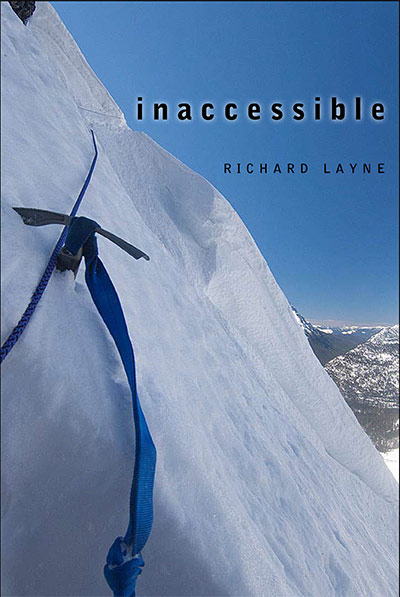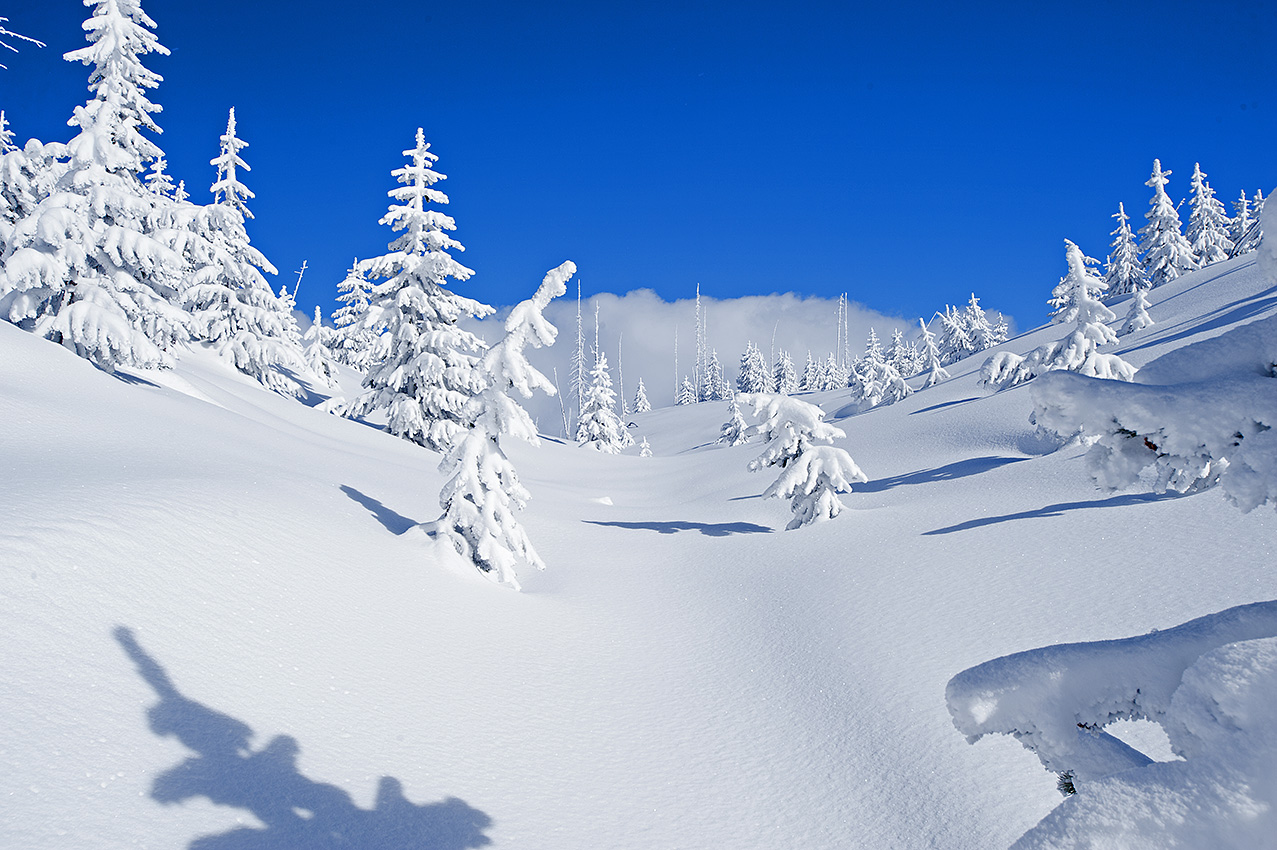
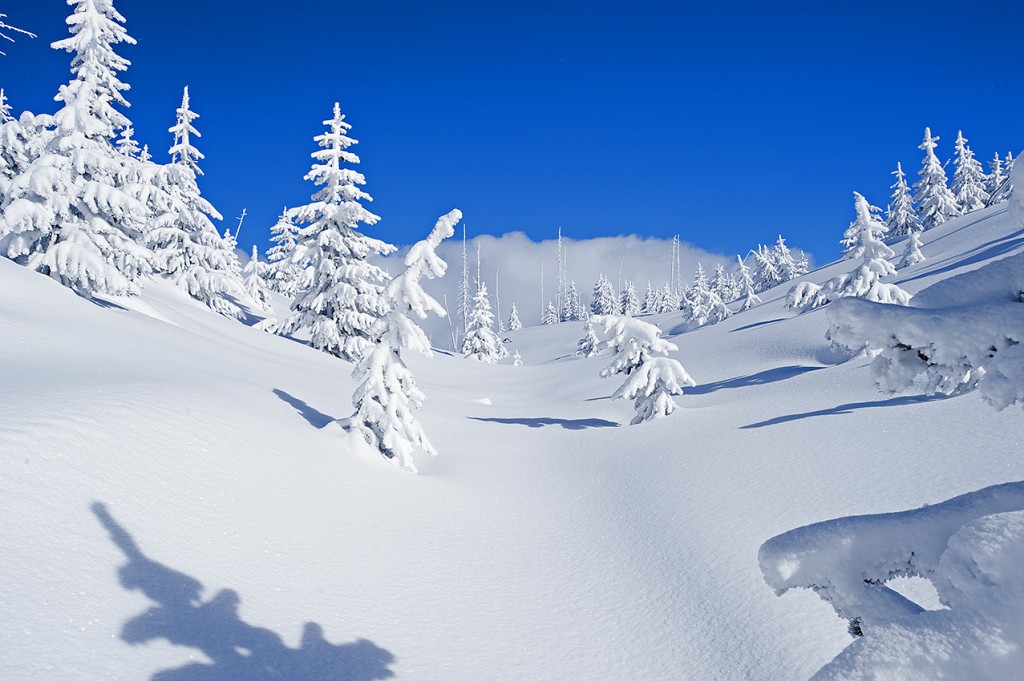
What happened?
Six days after it began, the Continental Divide trip may be off permanently. As of this date less than one week later, what happened out there remains unresolved. It is however, something that cannot stay a mystery.
- Within minutes of beginning the trip, why did I have difficulty breathing?
- Why was there no evidence of the months of strength and endurance training before the trip?
- Why did I have a headache for over 36 hours that ibuprofen and water was unable to remove?
- Why was I dizzy throughout that six days, and continue to be to this moment?
- Why did I continue to want to throw up one day after the snowmobilers transported me to the lower elevation of West Yellowstone, Montana?
- Why did food taste off including the day after my extraction?
On February 1, 2014, the Fugowee Snowmobile Club from Island Park, Idaho dropped me at the designated location 2.8 miles from the Montana, Idaho, and Wyoming border. Under a partly cloudy sky with a breeze, I stepped off the snowmobile tracks on the road and into what appeared to be one and two feet of freshly fallen snow. Using snowshoes to get through the powder, it was as much as I had ever experienced, though nothing extraordinary. Through the years, I had encountered plenty of deep powder snow. Nor was the terrain extreme. I was on the western border of Yellowstone National Park in a combination of slightly rolling hills and near flat terrain.
Within minutes and in spite of being on some older snowmobile tracks, albeit now snow filled, I began to realize I had a problem. I couldn’t get enough air into my lungs. It worsened when I pushed through the untouched powder between one set of old tracks to the next while continuing a general northeast direction toward the tri-border. Inside of 10 steps, the deeper untouched snowpack between the tracks turned the struggle into a bad dream.
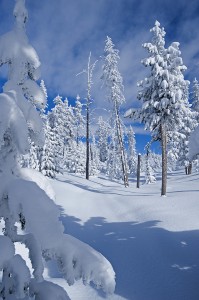
When I finally arrived at the end of the last set of tracks inside a small gully, without hesitation I dropped my at least 80 pound pack. Then still carrying the more than 7-pound chest camera bag, I began to build trail through a virgin snowpack. Within half a minute, I was again struggling to catch my breath as I pushed through more than two feet of powder. The gully was no more than a 15° grade, yet in less than a minute, I began to take the type of breaks reserved for carrying a load up a steep slope. Granted I was plowing through an increasingly deeper snow with my large backcountry snowshoes, but this just didn’t seem right.
I continued up the gully for approximately half an hour before I turned back to retrieve the backpack. In spite of the broken trail and the descending grade back, I stopped for numerous breathers.
With the pack back on, I headed back up the gully on the fresh and twice-packed 2-foot deep trench. Once again, I stopped every 30 seconds and breathed for a minute and a half, often longer. After almost 3.75 hours of travel, exhausted, I was approximately 1 mile from the drop off point on the snowmobile road when I stopped for the day and built camp. The elevation of my camp was approximately 8200 feet. This was almost double what my body was used from 24 hours earlier in Helena Montana.
Lying on my back later that evening, I checked my heart rate. It was still over 100 bpm. In addition, for 59 minutes out of the 219 minutes I traveled my heart rate had been over 155 bpm. Experience said that number should never have gone over 140 bpm, much less for nearly an hour. More alarming was my present heart rate. An unhealthy person sitting in the recliner watching television will have a heartbeat of approximately 90 bpm.
As twilight settled on the early evening of the first day, the storm began.
In another unusual turn, I slept fitfully through the night and then every night thereafter. In the backcountry during the winter, I normally slept 10 and 12 hours. The 36-hour headache woke me at 1:45 AM.
The following morning my tracks of the previous day had almost disappeared under the continuing snowfall. In spite of the difficulty of the day before, I continued toward the Montana, Idaho, and Wyoming (MIW) border. I broke camp and then left my loaded pack behind as I built a quarter mile length trail up to the Continental Divide.
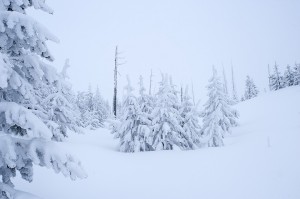
Once again unable to catch my breath, during my return, I began to doubt there would be any travel with the pack that day. I reunited with my backpack breathing hard, and the day was over. I built a camp 300 feet up my new trail; one I would stay in for the next two nights. I now believed that for me to get to the MIW border, a crust I could walk on would first have to form on the snowpack. In addition was my now strong alarm at my inability to breathe at an elevation of only 8200 feet.
Using my personal locator device, I established contact with Bob Stantus of the Fugowee Snowmobile Club while in the second camp. He proffered whatever assistance was in his power to give, including delivering more fuel, which was now in short supply. Although I was unsure what I would be doing in the near future, an extraction was beginning to look like a distinct possibility.
In addition, although I brought approximately one week of fuel, after the unexpected large consumption at the first camp, I curtailed the hot meals. Fruit and nuts are nourishing. Nevertheless, within a short time, perhaps a day, eating only this cold food became difficult and at times downright nauseating. My appetite soon fell to almost nothing.
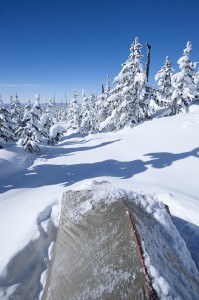
With snowdrifts building, over a 36-hour period the storm dropped two or three feet of snow on my camp. The trail I built to the Divide ceased to exist, as did the one coming from the road. On the fourth day, I sent a message to Bob that I would leave my camp intact and build a trail part way back to the road and requested that he extract me within the next few days. He asked if I would be able to get back by Wednesday, the following day. I got his responding message at the turnaround point where I had just built the trail toward the road.
I had to rest five minutes before I could send the responding message. Based on what I had just experienced building the trail to that point, with the snowshoes dropping through the powder sometimes down 3 feet, still approximately half a mile from the road, I had strong doubts I would be able to arrive until Thursday, 48 hours from this afternoon. My wife had also sent a forecast which among other things called for wind. I told Bob if a wind came in and destroyed the trail I had just built, which I would not be using until the following day; I might play hell getting back to the road by Friday.
Arriving back at my camp, besides being breathless, I was now gagging. I collapsed inside the sleeping bag and continued to want to throw up. That night the fitful sleep was interspersed with many hours of wakefulness.
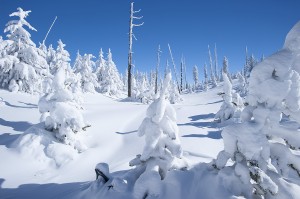
The following day in what seemed like a turn in fortune; my hard built trail was still intact. Grateful, I needed 30 minutes to get my pack down to the end of the trail. I figured I would be building camp there, but decided to continue down the ravine in search of a location that would provide a more level camp and trees to anchor the tent. Leaving the pack behind again, five minutes later the gully entered a larger valley. And I was standing on fresh snowmobile tracks, which had plowed through the powder I could barely travel in! I knew then that I was going to make it back to the road that day.
When I stopped in the late afternoon, I had traveled approximately two thirds of one mile on the road toward Island Park, Idaho.
That night the temperature dropped to approximately 40 below zero Fahrenheit in West Yellowstone and Island Park. My watch thermometers only functioned down to 29 below zero making it impossible for me to know how cold it got inside the tent. While I was nearly unaffected by the cold, my gear did not fare as well. Most of the water froze. Simultaneously it took 20 minutes to get a flame on the gas stove.
As the outside temperature rose above zero, I came up with another plan. I would stay on the official Continental Divide trail, which was also the snowmobile road I was presently on, and continue the trip. With the packed road to travel on, I attached my 5-pound snowshoes to the pack rather than wear them. In a great mystery, the flotation devices garnered too much weight for me to heft the load. Cursing at the pack and my lack of strength, I reattached them to my boots and began traveling on the road in a northwest heading.
I traveled 100 feet on the almost level track before I stopped to catch my breath. Thereafter I stopped every 30 seconds for a minute and a half or more to calm my breathing. In half an hour, the gagging began again. The dizziness had been with me for the entire trip, but now seemed to increase. Sensing something was very wrong 75 minutes after beginning the walk, I sent another message to Carleen and Bob letting them know that I was dizzy and gagging.
Although there was a slight breeze to cool things down even more, at 16°F the temperature was perfect for the type of walking I was doing. Unfortunately, I could not walk fast enough to warm up with my standard layers for that temperature. Approximately two hours into the walk, I dropped the pack for the third time and struggled with retrieving my pullover fleece jacket. That’s when the Canadian snowmobilers coming in from West Yellowstone arrived and offered assistance. For the first time in my decades of backcountry travel, I accepted the aid. It was there that I first heard the mention of high-altitude sickness. I said nothing while completely disbelieving that was the problem. For heaven’s sakes, we were only at 8000 feet!
The snowmobilers got me back to West Yellowstone and a warm facility in approximately 1 ½ hours. Later that evening Carleen revealed that after talking to a friend who is a doctor, on his advice she had called the Island Park Search and Rescue. After hearing from her some of my symptoms that she had learned about through my messages, our friend declared that it was essential to get me out of there that day that I was probably suffering from high-altitude sickness. Again, I quietly disbelieved what I was hearing. Had these people forgotten the elevations I was at during extended periods of travel?
The following Monday (I refused medical attention until Monday morning four days after the extraction) a nurse stated my blood pressure was on a par with a teenager’s during the medical examination. Later after blood was drawn and an EKG performed, the physician’s assistant began leaning heavily toward my problem being HAPE (high-altitude pulmonary edema) or HACE (high-altitude cerebral edema). As of this writing, the final diagnosis is at least 48 hours out while I continued to take a regimen of ibuprofen as a means to lessen any swelling. Meanwhile . . .
Unless medical personnel say otherwise, by this upcoming weekend I will be on McDonald Pass carrying at least a 50-pound load and training at 6325 feet with the snowshoes for 2 to 4 hours per day. I will wait long enough, perhaps two weeks for a crust to form before returning to the Continental Divide near Yellowstone National Park. I am now leaning toward continuing the trip beginning at Targhee Pass and completing the Henrys Lake Mountains section of the trip, a distance of 15 miles, which has a number of avalanche chutes to surmount. Of more importance, the elevation is 9000 feet or more while at least two locations will be over 10,000 feet. I reconnoitered this area the previous June without incident.
I am also holding out the possibility that my backcountry trips are over. While I plan to continue the trip, if it becomes conclusive that I suffered from high-altitude sickness, I may cancel the trip. However, I will not pretend. I want to complete the trip and must continue preparing my body and mind for the eventual continuation of the winter travel along Montana’s portion of the Continental Divide.

